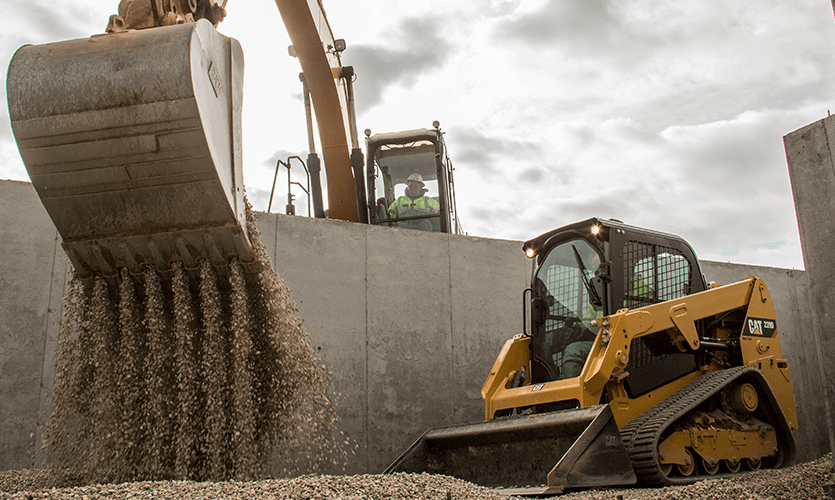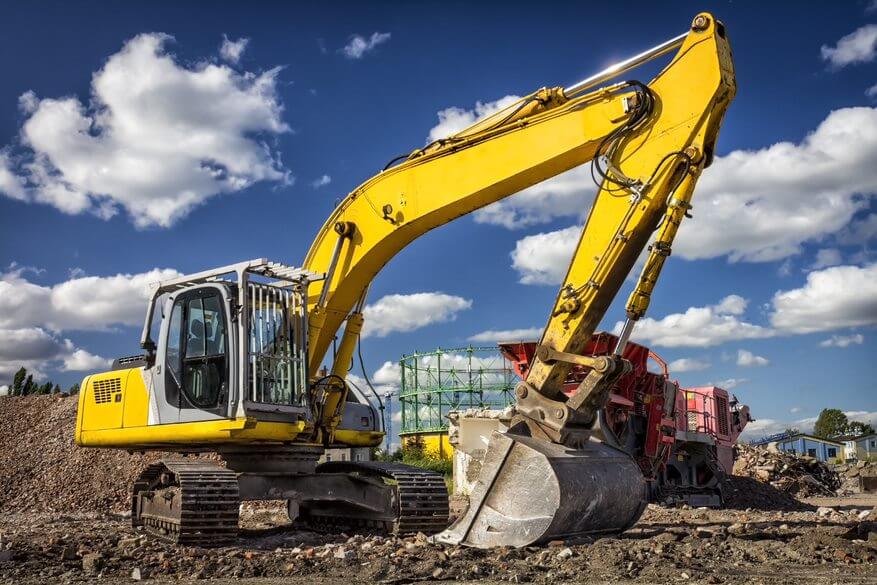Comprehending the Cost-Effectiveness of Leasing Devices for Short-Term Projects
In the realm of task monitoring, the judicious allotment of sources is vital to accomplishing effective results within financial restrictions. When thinking about temporary projects that need specific equipment, the choice to rent or acquire said devices can dramatically affect the project's cost-effectiveness. Factors such as usage frequency, maintenance expenses, and devaluation rates enter into play when evaluating the financial ramifications of each choice. By delving right into the intricacies of this decision-making procedure, a more clear understanding of the cost-effectiveness of renting equipment for temporary projects arises.
When Leasing Equipment,## Elements to Take Into Consideration.
When considering renting tools for short-term projects, it is vital to very carefully assess numerous key aspects to make sure optimum efficiency and cost-effectiveness. Determining the particular demands of the project is critical. Comprehending the range of work and the essential tools will certainly help in picking one of the most appropriate tools for the task. Furthermore, thinking about the duration of the task is important. Leasing tools for the exact duration required can prevent unneeded prices connected with keeping the equipment much longer than called for.
Additionally, examining the quality and problem of the equipment is crucial to make sure smooth procedures throughout the task. Renting properly maintained equipment from trusted distributors can decrease the threat of breakdowns and delays. By thoroughly thinking about these variables, one can make informed choices when leasing equipment for short-term projects.
Benefits of Renting Out Vs. Purchasing
Renting out tools for short-term tasks supplies countless advantages over investing in, particularly in terms of adaptability and cost-effectiveness. Renting enables business to access a wide array of specialized devices for temporary needs without the long-term commitment and expenses connected with acquiring.
Instead of bearing the full price of acquiring pricey equipment that might only be used sometimes, renting out supplies a more cost effective option. Additionally, leasing permits companies to budget plan a lot more precisely by knowing the exact expense of equipment rental upfront, without unexpected expenses for upgrades or fixings.
Price Evaluation: Leasing Vs. Owning
Contrasting the monetary effects of renting devices versus having it offers important understandings right into the price effectiveness of each method for short-term projects. When thinking about the cost analysis of renting versus possessing tools, a number of crucial elements enter into play.
First of all, renting devices for temporary tasks usually calls for less preliminary resources outlay compared to acquiring the devices outright. This can be particularly valuable for services with minimal upfront funds or those aiming to allocate sources elsewhere. Furthermore, renting out removes expenses connected with equipment upkeep, repairs, storage space, and depreciation, which are typically the responsibility of the equipment owner.
On the other hand, owning devices may verify to be much more cost-efficient in the future for projects that require regular or extended tools usage. While the first financial investment may be greater, having tools gives the advantage of asset possession and the potential for resale worth once the job is finished.

Tips for Making Best Use Of Cost-Effectiveness
For organizations looking for to optimize their funds throughout temporary projects, carrying out tactical measures to boost cost-effectiveness is paramount. To make best use of cost-effectiveness when renting out devices for temporary jobs, construction equipment rentals think about the following pointers:
Strategy Ahead: Appropriate planning is crucial to avoid rushed choices and last-minute expenses. Determine the devices required, rental duration, and any type of extra services called for well ahead of time.
Contrast Rental Choices: Study and contrast rental prices from different vendors to discover the most cost-effective alternative. Take into consideration variables such as devices top quality, rental terms, and consisted of solutions.
Select Bundled Providers: Some rental business provide packed solutions that might consist of equipment distribution, upkeep, insurance, and setup. Deciding for these bundles can commonly result in cost savings contrasted to spending for specific solutions.
Use Tools Successfully: Train workers on appropriate tools usage to protect against damage and minimize downtime. Reliable utilization of leased equipment can help reduce general costs.
Work Out Terms: Don't be reluctant to work out rental terms, specifically for long-term or large-scale projects. Ask for discount rates, flexible rental periods, or forgoed fees to maximize cost-effectiveness.

Study and Instances
In analyzing real-world applications of cost-efficient tools services for temporary jobs, notable case studies and instances provide valuable understandings right into effective methods used by businesses. By leasing the tools, the business avoided considerable in advance costs and continuous maintenance expenses, permitting them to allocate sources much more successfully.
Another example is a landscaping business that utilized equipment services for seasonal projects. Rather than buying pricey landscaping machinery that would only be made use of during certain times of the year, business selected to lease the tools as needed. This technique showed to be economical as it got rid of the demand for storage space and lowered upkeep prices during the off-season.
These study highlight the useful benefits of renting tools for short-term projects, demonstrating exactly how businesses can achieve cost-effectiveness and adaptability by leveraging equipment rental solutions.
Conclusion
Finally, understanding the cost-effectiveness of leasing devices for short-term jobs entails considering variables such as the details requirements of the task, the advantages of renting out versus getting, and carrying out a comprehensive expense evaluation - rental company near me. By making the most of cost-effectiveness with effective planning and use of rented devices, organizations can attain their job goals while decreasing expenses. Study and instances can provide beneficial insights into effective economical rental methods for temporary projects
When taking into consideration short-term jobs that require customized tools, the choice to lease or acquire stated equipment can dramatically affect the project's cost-effectiveness. Leasing devices for the exact duration needed can prevent unnecessary expenses linked with maintaining the equipment much longer than needed.
To start with, renting out tools for temporary projects usually needs less first resources investment compared to buying the equipment outright. In addition, renting eliminates costs associated with devices maintenance, repair services, storage space, and depreciation, which are generally the obligation of the devices proprietor.
In final thought, understanding the cost-effectiveness of renting out devices for temporary tasks entails thinking about variables such as the details requirements of the project, the benefits of buying versus renting out, and carrying out a detailed price analysis.